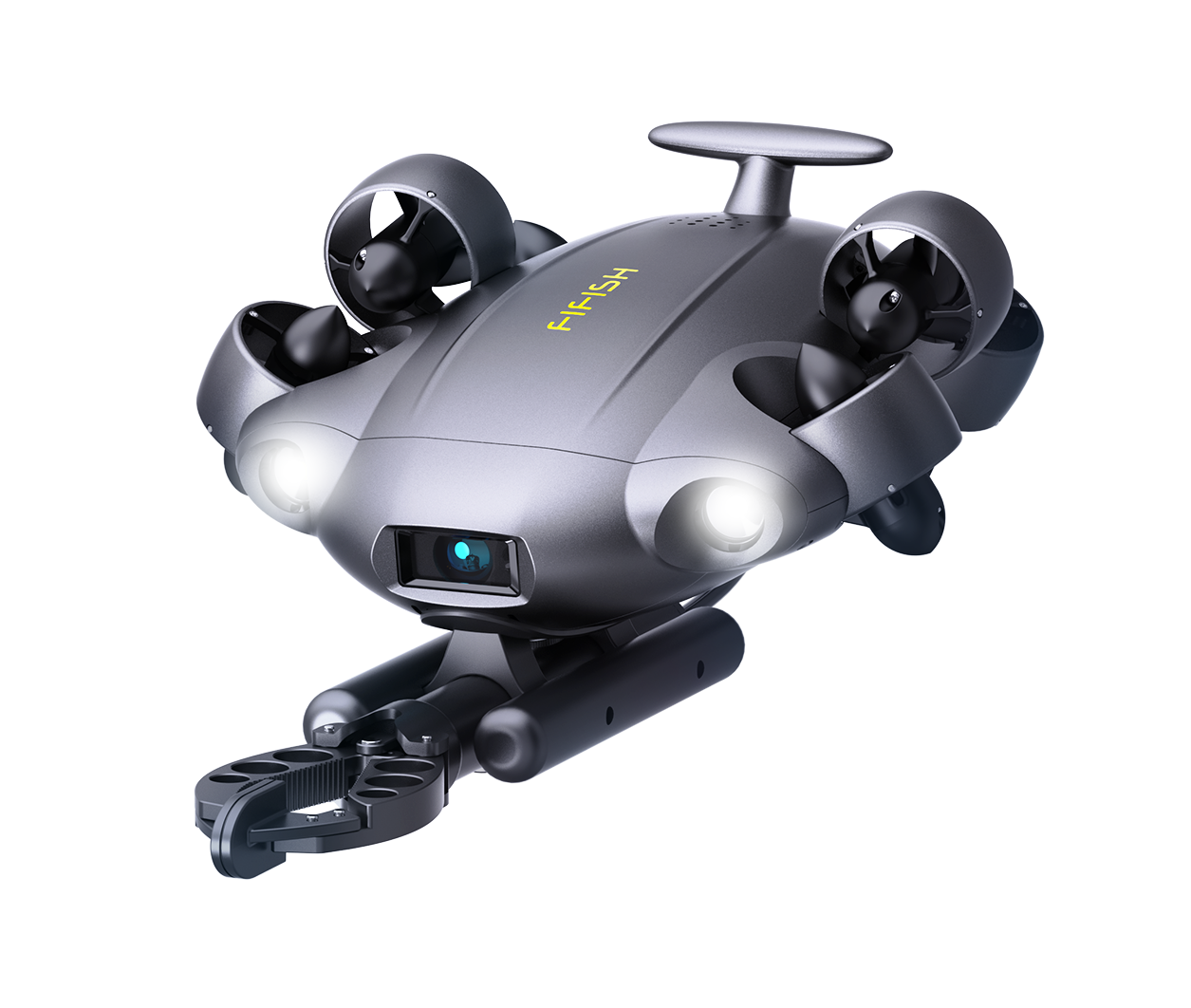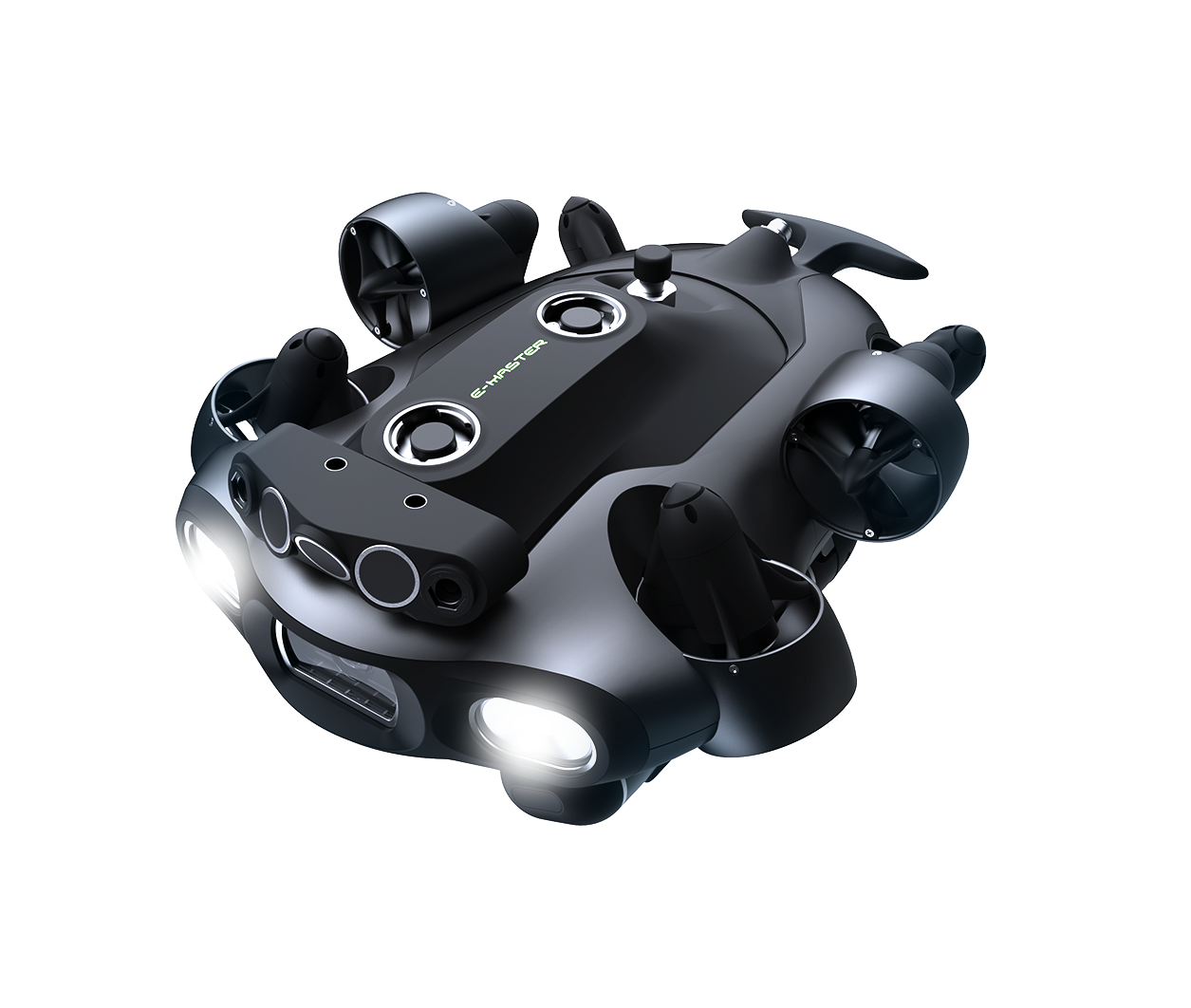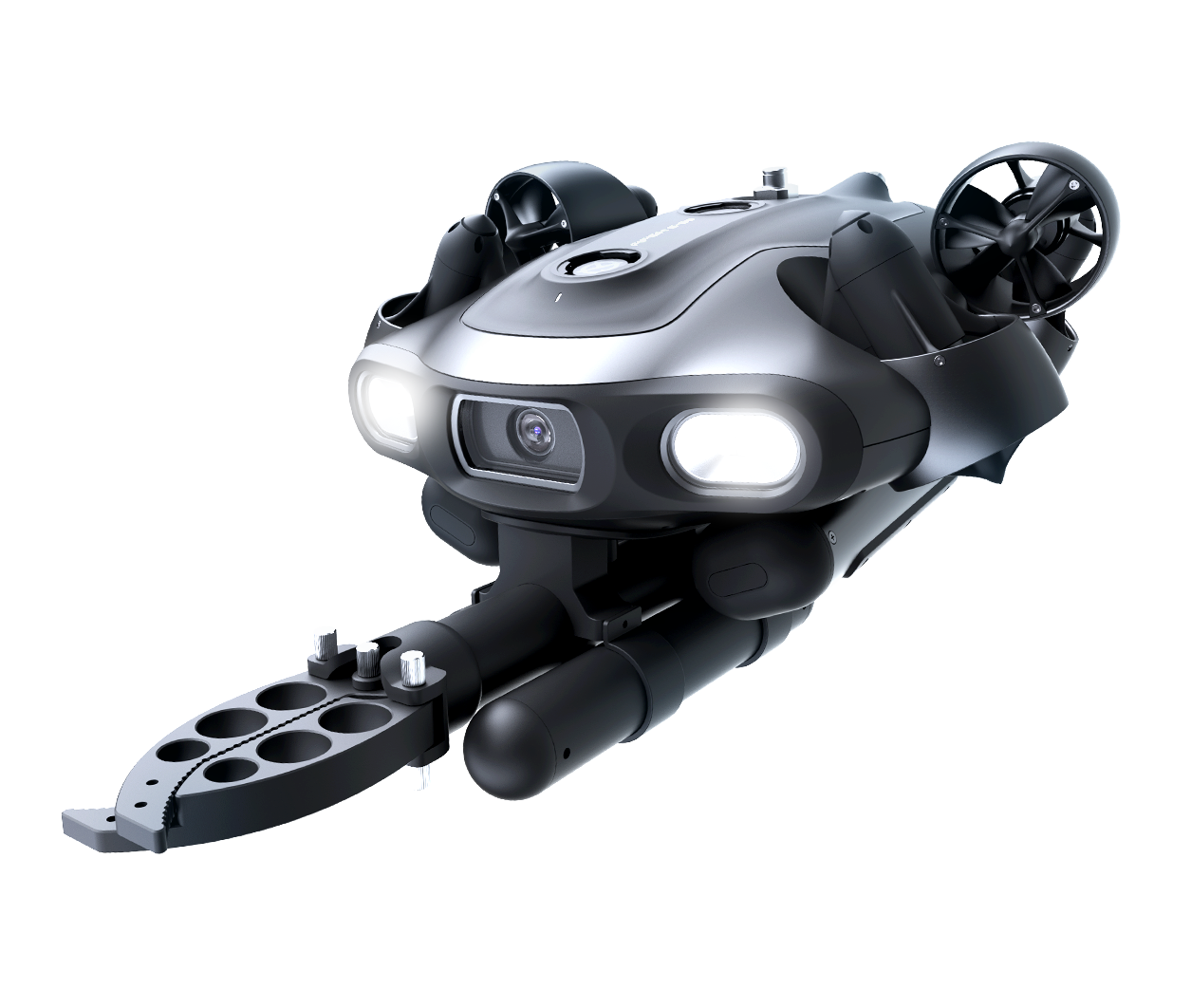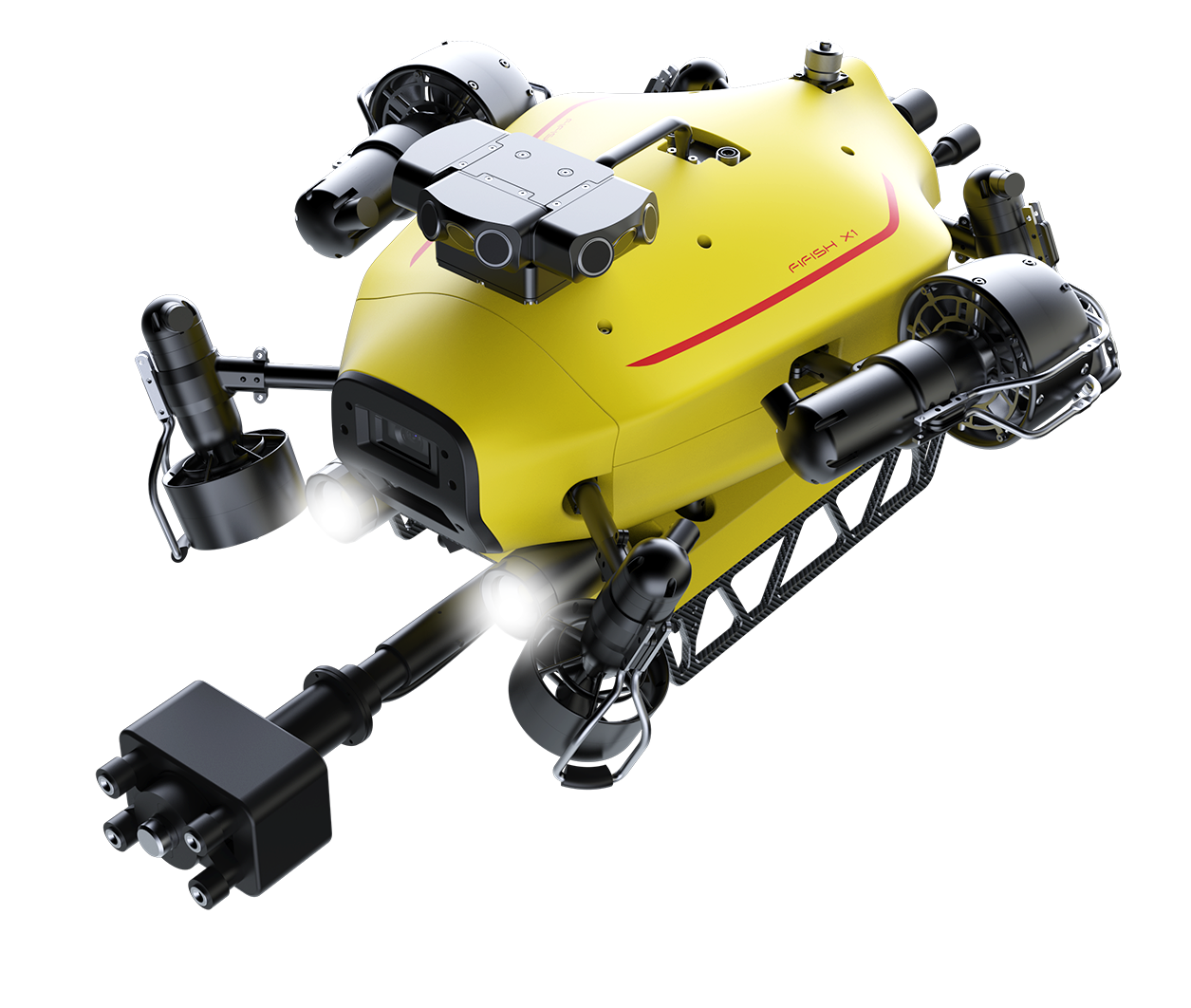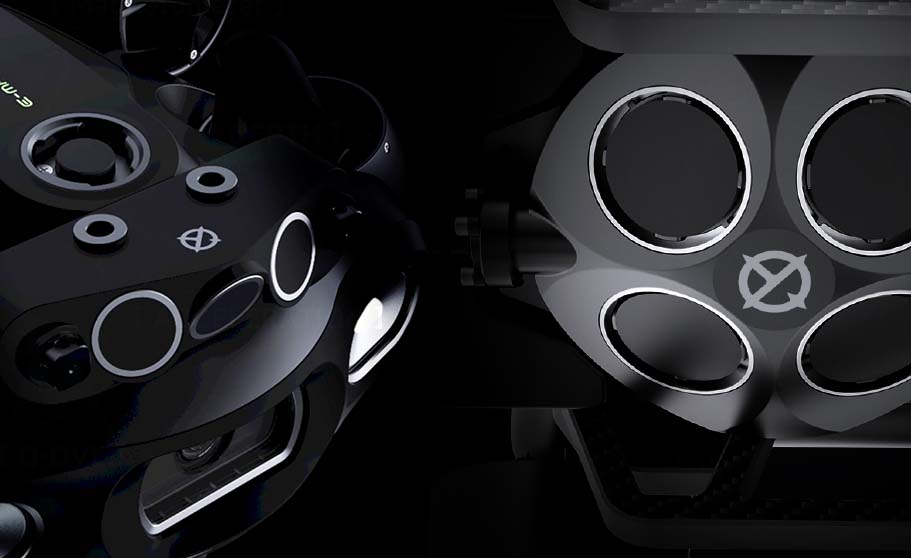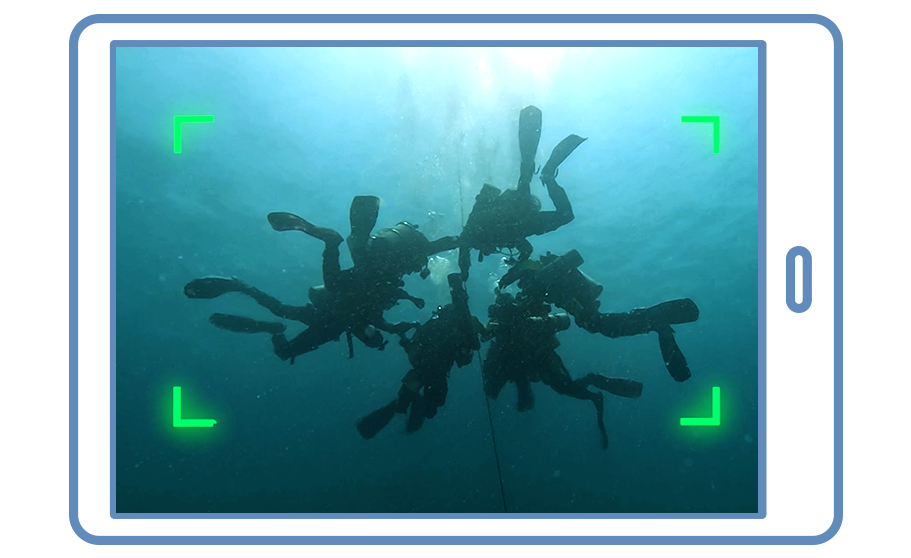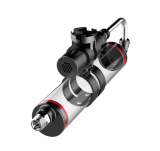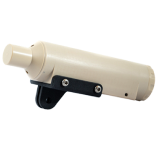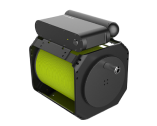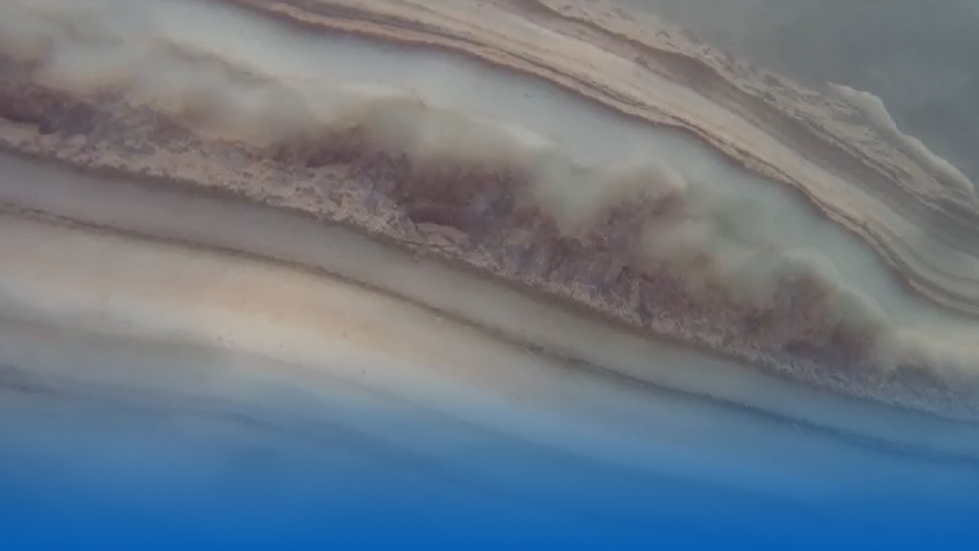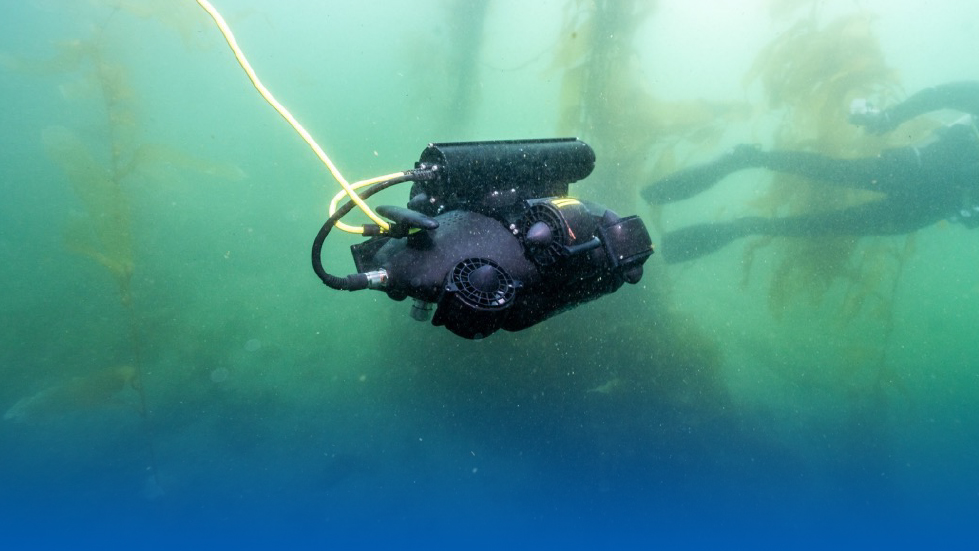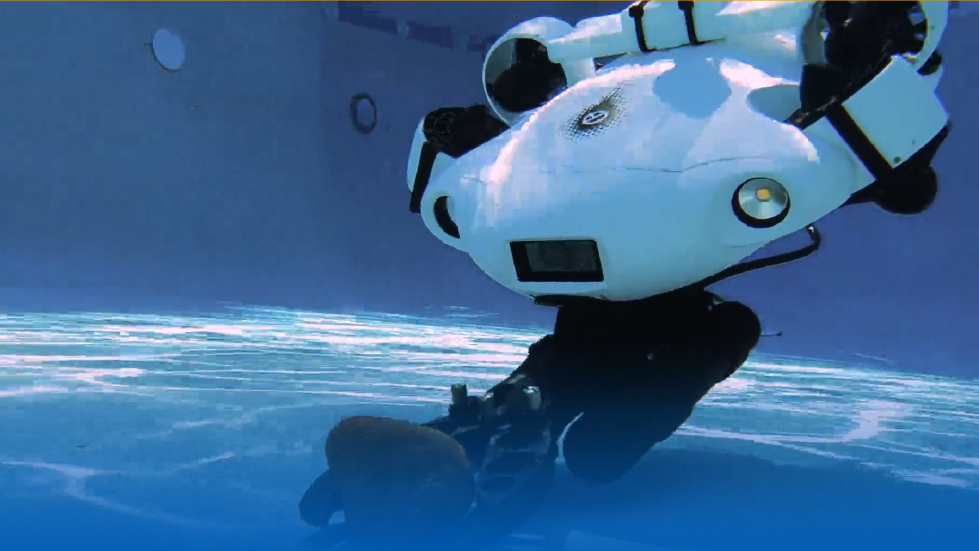Talara Offshore Inspections
1970-01-01
FIFISH Underwater Robot Enhances Safety and Efficiency in Subsea Monitoring Operations
Deployed in the Talara offshore oilfield in northern Peru, the FIFISH Underwater Robot significantly improves the safety and efficiency of underwater inspections for both active production facilities and decommissioned wellhead platforms.
Talara Region, Northern Peru
August 2024
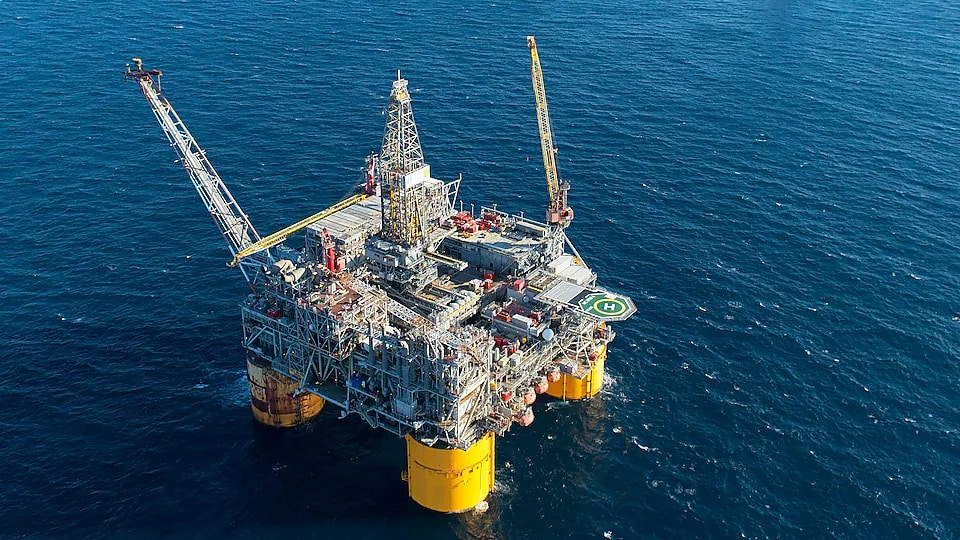
Challenges in the Talara Offshore Field
As a critical hub of Peru’s oil and gas production, the Talara region features a complex network of subsea production systems, including wellheads, subsea manifolds, and fixed platforms. Ensuring asset integrity in this area demands rigorous subsea system management. Currently, there are 68 active fixed platforms and 81 decommissioned platforms under government supervision, all requiring periodic structural assessments to mitigate risks of vessel collisions.
To address these needs, the FIFISH Underwater Robot has been deployed for advanced underwater monitoring and inspection tasks in the Talara region, providing a groundbreaking technological solution that boosts safety and efficiency for both active and decommissioned offshore facilities.
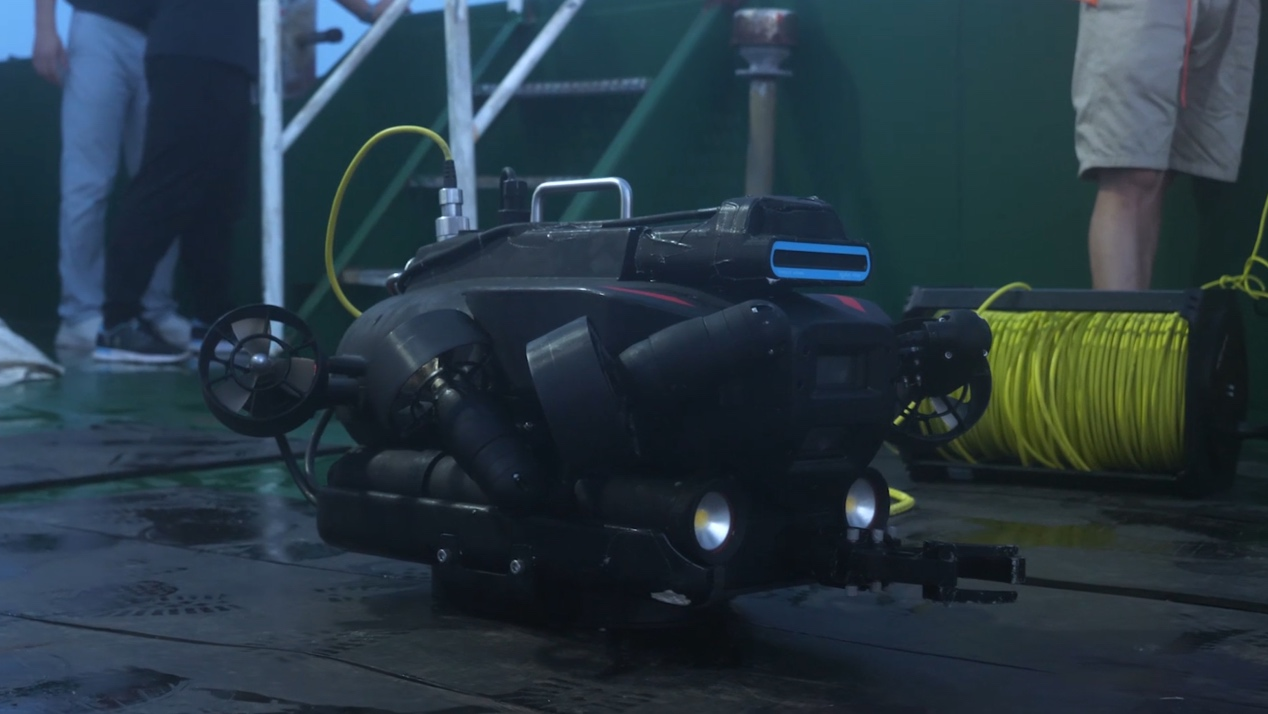
Safety Challenges in Offshore Operations
Because active platforms require frequent, meticulous inspections to meet strict safety standards—and decommissioned structures must also undergo routine monitoring to reduce collision risks with passing vessels—operators in the Talara region face numerous challenges. Low visibility, complex currents, and critical tasks such as monitoring underwater welding and pipeline replacements all pose significant technical hurdles.
Moreover, diver safety (HSE management) is a focal concern in this region, making real-time data collection systems vital to meeting regulatory requirements and evaluating maintenance performance. These combined challenges highlight the need for a robust and versatile underwater monitoring solution, a role the FIFISH Underwater Robot is uniquely equipped to fulfill.

Integrated Professional Underwater Inspection: A One-Stop Solution
To handle harsh conditions, the FIFISH Underwater Robot employs specialized inspection modules, including:
· Onshore Power Supply System (OPSS) for continuous power delivery.
· Doppler Velocity Log (DVL) for accurate dynamic positioning.
· Underwater Quick Positioning System (U-QPS), used alongside the M750D multibeam depth-sounding system for precise seafloor mapping, automated navigation, and detailed imaging of subsea structures.
· Side-Scan Sonar (SSS) for broad-scale terrain imaging.
· Q-Cam HD Imaging System for high-resolution visuals, ideal for monitoring underwater welding operations and pipeline replacements.
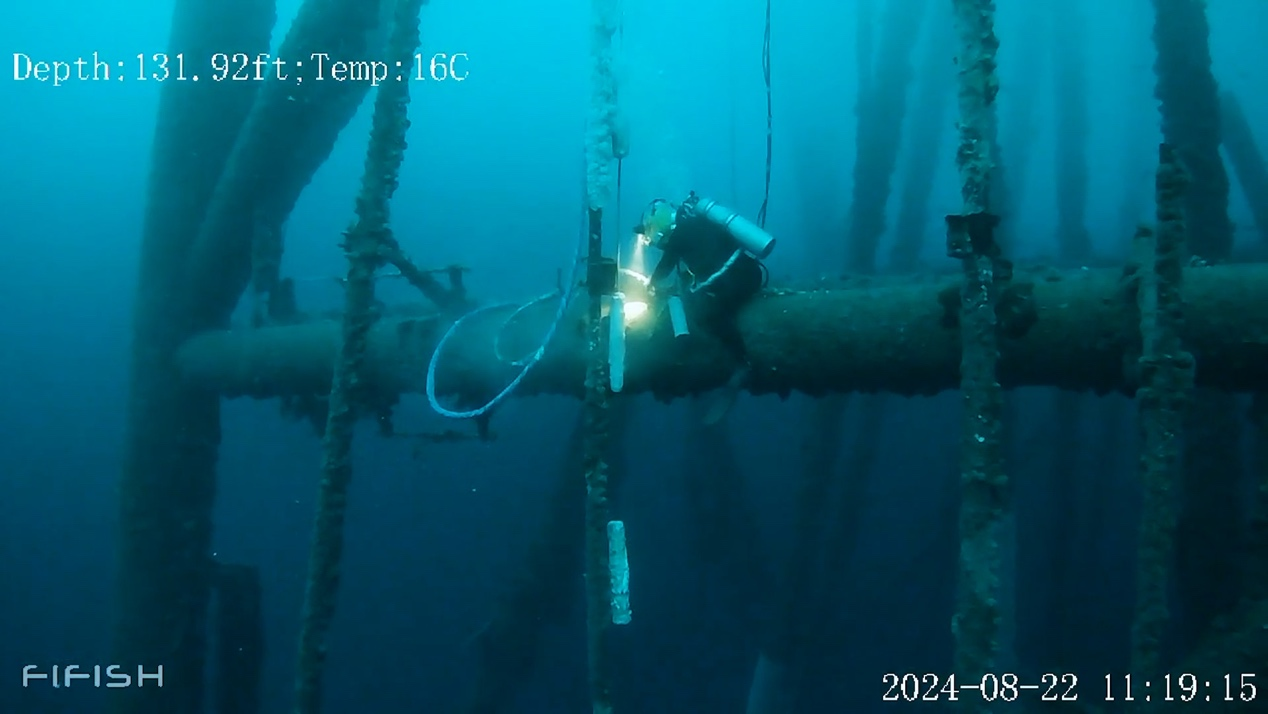
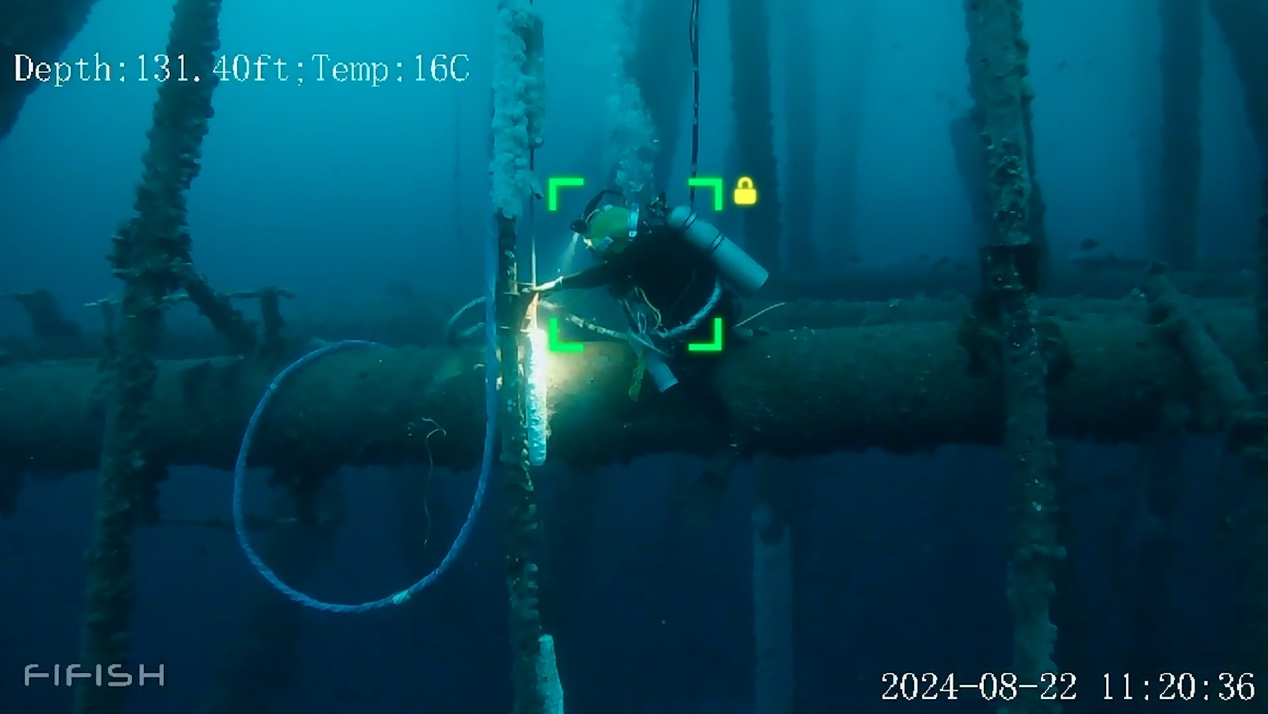
Efficient Execution of Subsea Monitoring Tasks
The FIFISH Underwater Robot’s versatility simplifies complex workflows by performing multiple underwater tasks in a single deployment. Among these tasks are close monitoring of underwater welding to ensure safety and detect potential risks, as well as inspecting and verifying pipeline replacements to confirm structural integrity and support compliance reporting. The robot also conducts regular surveys of decommissioned platforms to document their condition and reduce vessel collision risks, thereby enhancing overall operational safety and regulatory compliance.
Significantly Improving Safety and Efficiency in Underwater Operations
By deploying the FIFISH Underwater Robot in the Talara region, operators benefit from improved safety, operational efficiency, and risk management:
1. Enhanced Diver Safety
Remote robotic inspections in high-risk zones cut the likelihood of accidents by over 50%, substantially lowering the risks associated with traditional diver operations.
2. Comprehensive Real-Time Data
Advanced imaging and measurement capabilities meet regulatory and third-party compliance standards, offering detailed support for maintenance documentation.
3. 40% Increase in Operational Efficiency
Streamlined workflows reduce inspection and maintenance time, leading to significant cost savings.
4. Reduced Collision Risks for 81 Decommissioned Platforms
Regular monitoring of these inactive structures lessens the danger of vessel collisions, ensuring maritime safety and environmental stability.
These achievements underscore the FIFISH Underwater Robot’s transformative impact on offshore oil and gas operations in northern Peru, establishing a new paradigm for underwater work in the Talara region and propelling the nation’s offshore industry into the era of intelligent maintenance.

